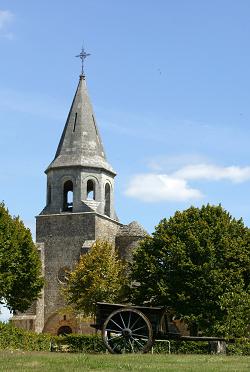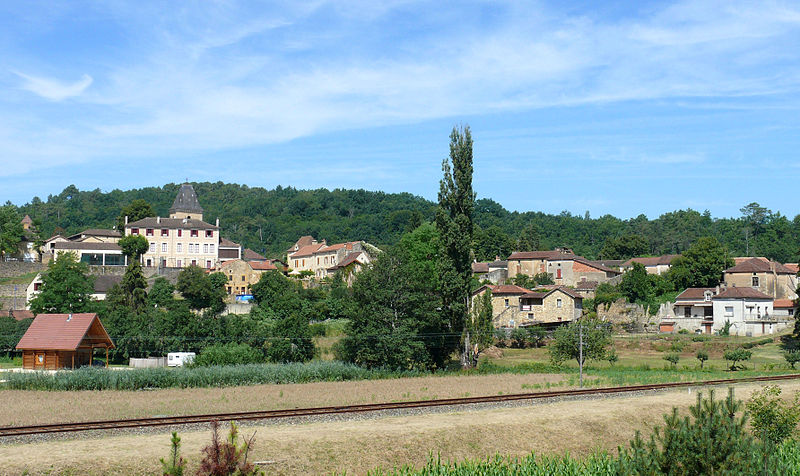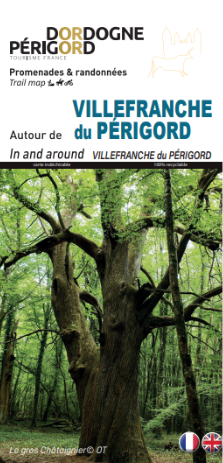You will also like
The Panoramic Tower of Moncalou, a dizzying and free viewpoint!
The Panoramic Tower of Moncalou, a dizzying and free viewpoint!
14,8 km - Florimont Gaumier
Family Time
The most beautiful bastides of Périgord
The most beautiful bastides of Périgord
15,8 km - Monpazier
Culture and Heritage
Hiking in Monpazier : Discover one of the Most Beautiful Villages in France, in the Pays des Bastides
Hiking in Monpazier : Discover one of the Most Beautiful Villages in France, in the Pays des Bastides
15,8 km - Monpazier
Culture and Heritage
Le Moulin de David, natural campsite in "Le Pays des Bastides"
Le Moulin de David, natural campsite in "Le Pays des Bastides"
15,8 km - Monpazier
Rest and relaxation
You will like also
Bastide de Villefranche du Périgord
Bastide de Villefranche du Périgord
Come and discover a gem of the Périgord Noir! The bastide of Villefranche du Périgord is one of the oldest in the ...
228 m - Villefranche du Périgord
BASTIDE DE MONPAZIER
BASTIDE DE MONPAZIER
Monpazier is certainly the most famous and best preserved Bastide of Perigord. Founded in 1284 by Edward I and ...
15,8 km - Monpazier
Biron Castle - Classified Historic Monument
Biron Castle - Classified Historic Monument
BIRON CASTLE: THE LARGEST OF THE NEW AQUITAINE CASTLES The Château de Biron, a true jewel of the Périgord, spans ...
16,5 km - Biron
Biron
Biron
Dominated by its castle, the town of Biron is pleasant and rural, on the edge of Lot-et-Garonne. The medieval ...
16,6 km - Biron
Château de Gavaudun
Château de Gavaudun
Proud sentinel dominating a narrow valley classified protected natural site. The Castle of Gavaudun crowns a rocky ...
17,0 km - Biron
Ride around
Autour de la châtaigne à Villefranche du Périgord
Autour de la châtaigne à Villefranche du Périgord
277 m - Villefranche du Périgord
Walking Mountain bike Horse
Boucle des Griffoulières, sur les pas de rené, le bûcheron
Boucle des Griffoulières, sur les pas de rené, le bûcheron
3,7 km - Loubejac
Walking
Boucle du gros chataignier, sur les pas de grand-père Marcel
Boucle du gros chataignier, sur les pas de grand-père Marcel
3,7 km - Saint Cernin de l'Herm
Walking





























